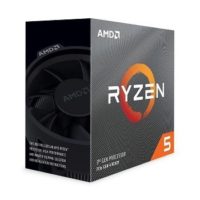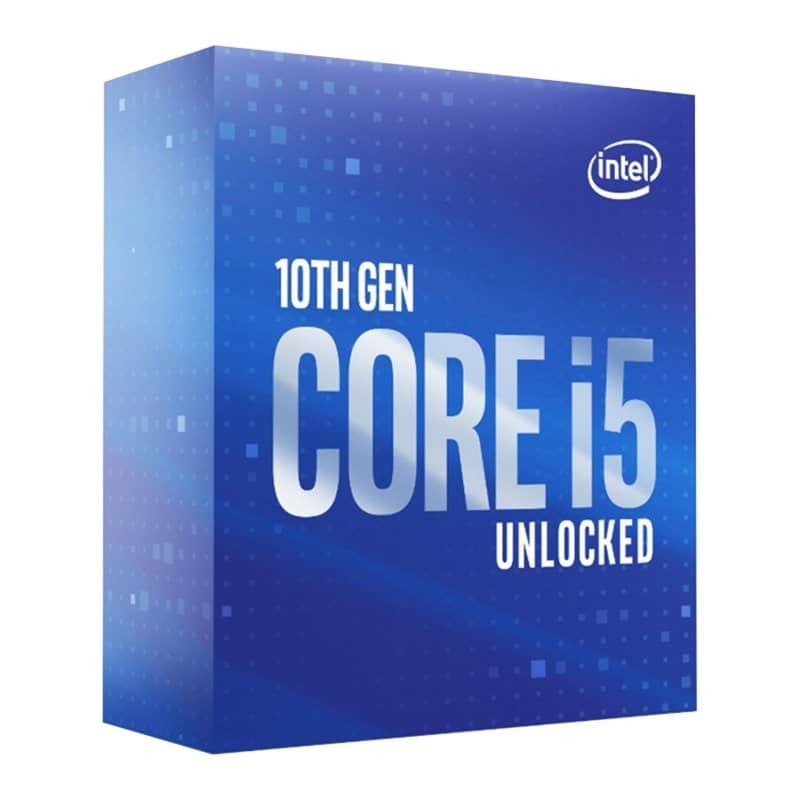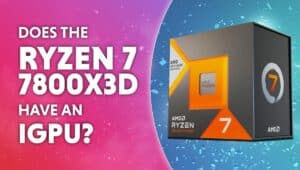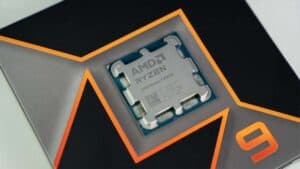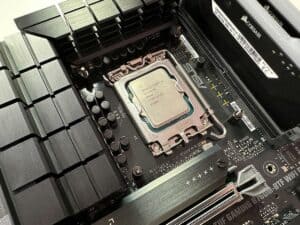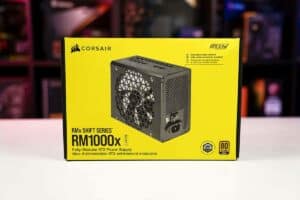What CPU bottlenecks the RX 5700XT?
What CPU bottlenecks the RX 5700XT? Let's find out
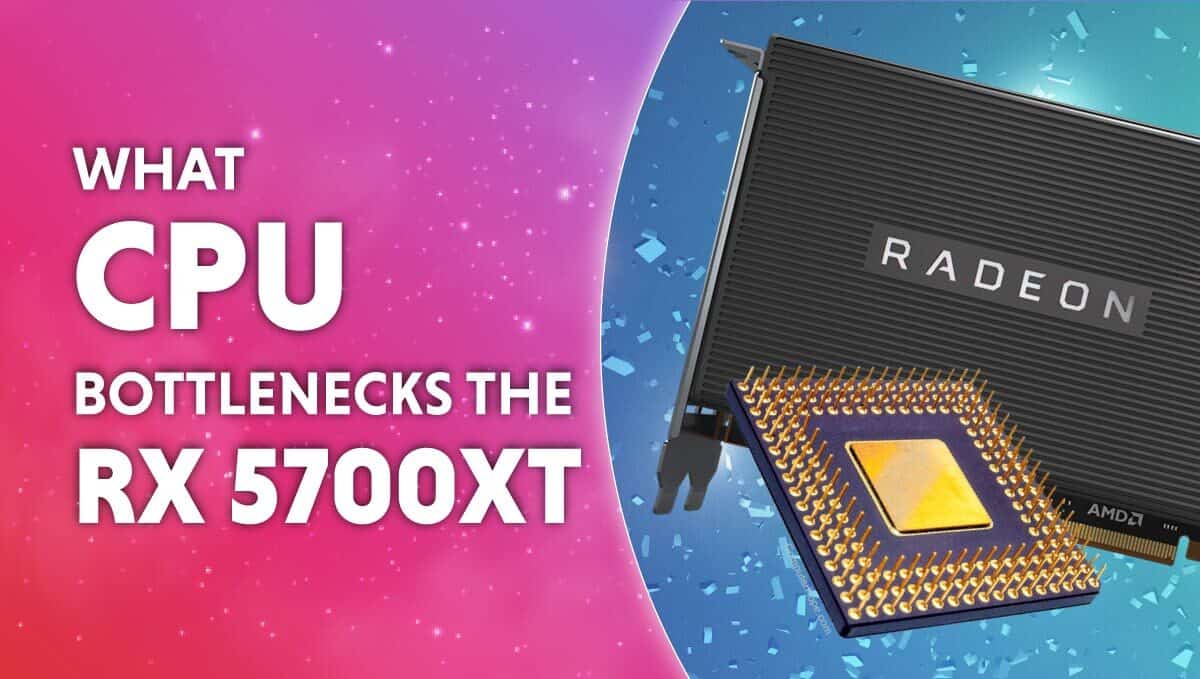
WePC is reader-supported. When you buy through links on our site, we may earn an affiliate commission. Prices subject to change. Learn more
A 2019 release, the AMD Radeon RX 5700 XT still holds up as a solid gaming processor today. It competes directly with the stronger cards from the RTX 2000 series. But what CPU bottlenecks the RX 5700XT?
Now Read: Best CPU for RX 5700XT
While the card lacks the dedicated Ray Tracing cores found in RTX GPUs, it can still carry out Ray Tracing through software. This is still less effective than having physical cores, of course.
Still, if we set Ray Tracing aside, the 5700XT is a very capable card. It will need an equally powerful processor to feed its instructions timely and allow it to run at its full potential.
Let’s discuss what CPUs bottleneck the RX 5700XT, and which ones work well with the card.
RX 5700XT specifications
Here are the RX 5700 XT’s specs:
- Stream processors: 2560
- Core base clock: 1755 MHz
- Boost clock: 1905 MHz
- Memory clock: 1750MHz / 14 Gbps
- Memory size: 8 GB
- Memory type: GDDR6
- Bus width: 256-bit
- Power usage: 225 W
- Recommended PSU: 600 W
What CPU bottlenecks an RX 5700XT?
The RX 5700XT is intended for high-end 1080p gaming. It can also provide you with a great 1440p experience. However, you will struggle to run games at 4k resolution with this card. You may still be able to, but you’d have to compromise on the game’s graphics settings.
With that in mind, it’s best to pair an RX 5700XT with a Ryzen 3 3600 or an Intel core i5-10600, at minimum. Go any lower, and you may end up with a CPU bottleneck.
The above processors have just the right amount of power to get the RX 5700XT to deliver its full performance. And, if you choose to crank up your framerates in competitive games, they will be able to keep up with the GPU, thanks to their 12 threads and 4GHz+ boost clocks.
Now, while you want a strong processor for the RX 5700XT, you don’t want one that’s too strong. At most, you could pair this GPU up with an i5-13400 or a Ryzen 5 7600X. Even with these processors, you’d have a noticeable GPU bottleneck at 1080p.
But it’s generally a good idea to give your CPU some legroom just in case it suddenly needs to serve some background processes.
Why is bottlenecking a problem?
In a gaming PC, bottlenecking occurs when the CPU and GPU provide very different levels of performance.
Since the two components must work together to produce the frames on your screen, your framerate is tied to the performance output of the weaker of the two. The stronger microprocessor simply waits idly while the other catches up.
So, for example, if you were to pair a 5700XT up with the flagship i9-13900KS, the i9 would remain mostly unutilized while the 5700XT would run at 100% and still fail to keep up.
You could have gotten a much weaker processor, such as the aforementioned Ryzen 5 3600, and have got the same level of performance since it’s the 5700XT that’s determining performance in this particular scenario.
A bottleneck is a problem because it leads to wasted resources. Of course, you would want your build to give you the most performance at the cheapest price. To do that, you have to get a CPU and GPU with similar performance, so they’re both fully utilized.

